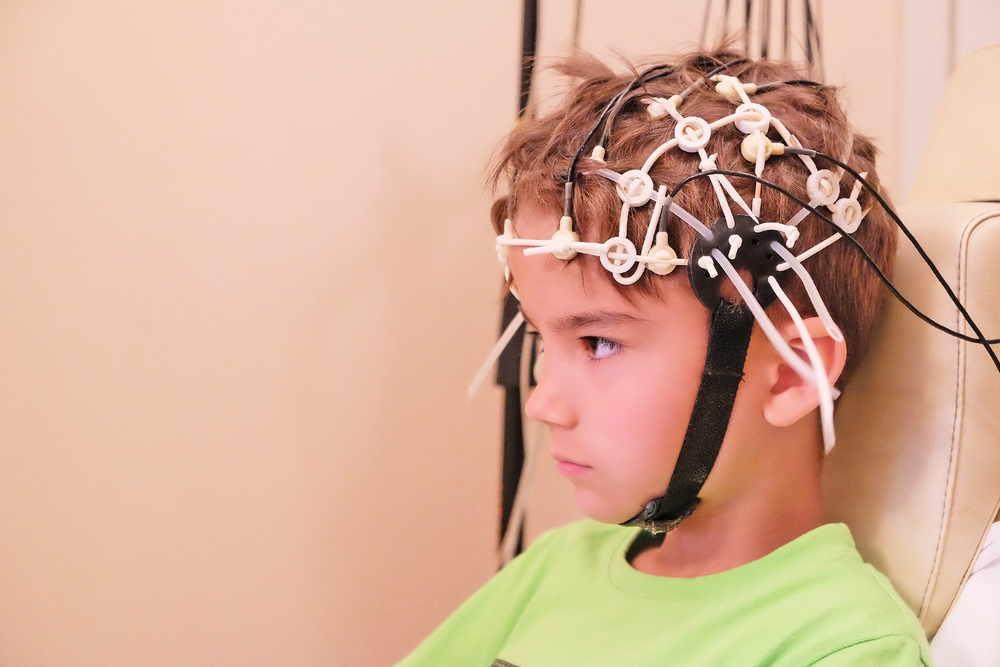Photosensitivity May Indicate CLN Type 2 Disease in Youngsters, Study Suggests
Written by |

Early photosensitivity may be a hallmark of ceroid lipofuscinosis type 2 (CLN2) disease, according to the results of a small study.
The study “Photosensitivity is an early marker of neuronal ceroid lipofuscinosis type 2 disease” was published in the journal Epilepsia.
The neuronal ceroid lipofuscinoses (NCLs), or Batten disease, are a heterogeneous group of lysosomal storage disorders that includes, among others, the neuronal CLN2 disease. Patients with this condition, which affects primarily the nervous system, typically develop initial symptoms – recurrent seizures (epilepsy) and difficulty coordinating movements (ataxia) – between ages 2 and 4 years.
“Over the past decade, there have been improvements in the understanding of the underlying pathophysiology of NCLs, development of reliable animal models, and therapeutic success in these animal models,” authors wrote. However, “it is important to gain further insight into the etiology of CLN2 disease as more trials are set up and treatments become available.”
Most important, the study says, an early diagnosis is critical because, from disease onset to its diagnosis, significant damages might occur. Moreover, early treatment was shown to improve disease outcomes in animal models. There currently is a lack of reliable disease markers and the access to diagnostic testing is still rather limited in some areas, hampering early diagnosis.
Now, authors aimed to identify early clinical, magnetic resonance imaging (MRI), and electroencephalography (EEG) characteristics, to allow an early diagnosis of CLN2 disease. A particular feature of EEG, a technique used to track and record brain wave patterns, previously was suggested as a good indication for NCL diagnosis. That is called the photoparoxysmal response (PPR), also known as photosensitivity.
Authors performed a retrospective clinical review of 14 patients diagnosed with CLN2 disease, from 2005 to 2015, at the Bambino Gesu Children’s Hospital in Rome, Italy. The median age at disease onset was 3.0 years, and diagnosis usually was confirmed at about 4 years old.
Authors reviewed patients’ data regarding clinical, MRI, and EEG parameters. The early clinical characteristics of patients with CLN2 disease included epilepsy, delayed speech, regression of acquired milestone skills, and balance disorders.
The analysis showed that early photosensitivity (typically at low stimulation frequencies of 1-3 hertz) indicated a diagnosis of CLN2 disease. Photosensitivity was present in 43% of the patients from their first EEG, performed at about 3 years old. Its presence was well-detected in low (1-3 Hz) stimulation frequencies and was displayed as a flash-per-flash response in 69% of the patients. Additionally, analyzing the data for MRI, authors detected cerebellar atrophy in all of the patients, as well as alterations to the brain’s white matter. These alterations were detected in their first MRI, performed at 4 years of age.
Overall, the results suggest that, “early photosensitivity (typically PPR at low stimulation frequencies of 1-3 Hz) is a hallmark of CLN2 disease. This diagnosis should be considered in a child presenting with any type of seizure, and particularly if it is accompanied by delayed speech and/or ataxia or MRI abnormalities (posterior white matter signal alteration or cerebellar atrophy),” the study authors concluded.




